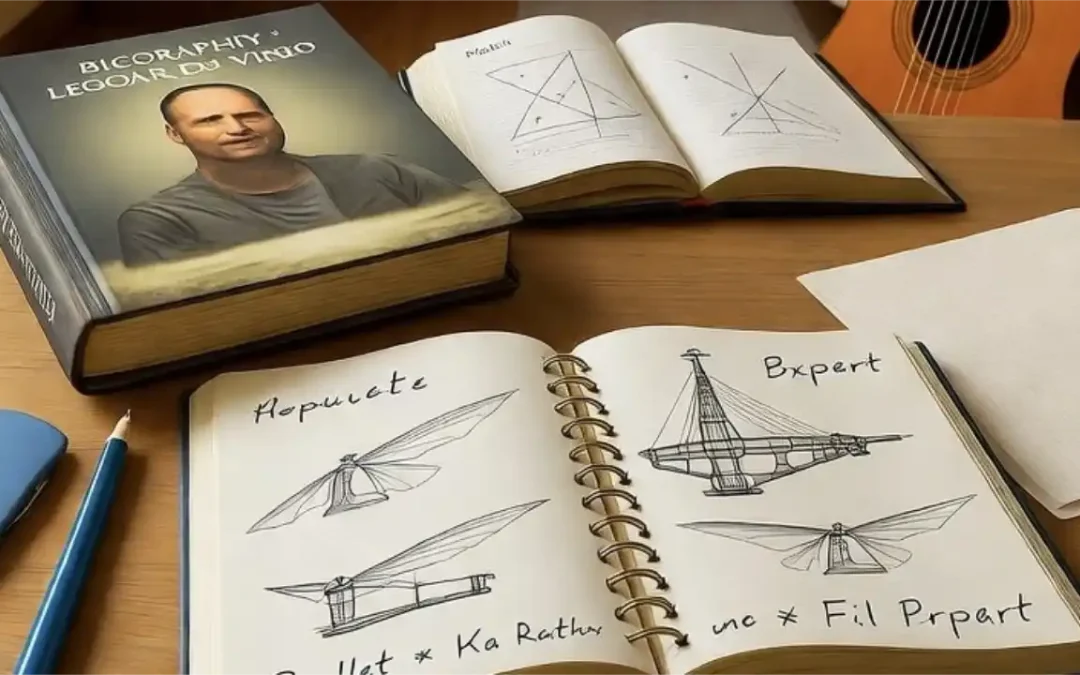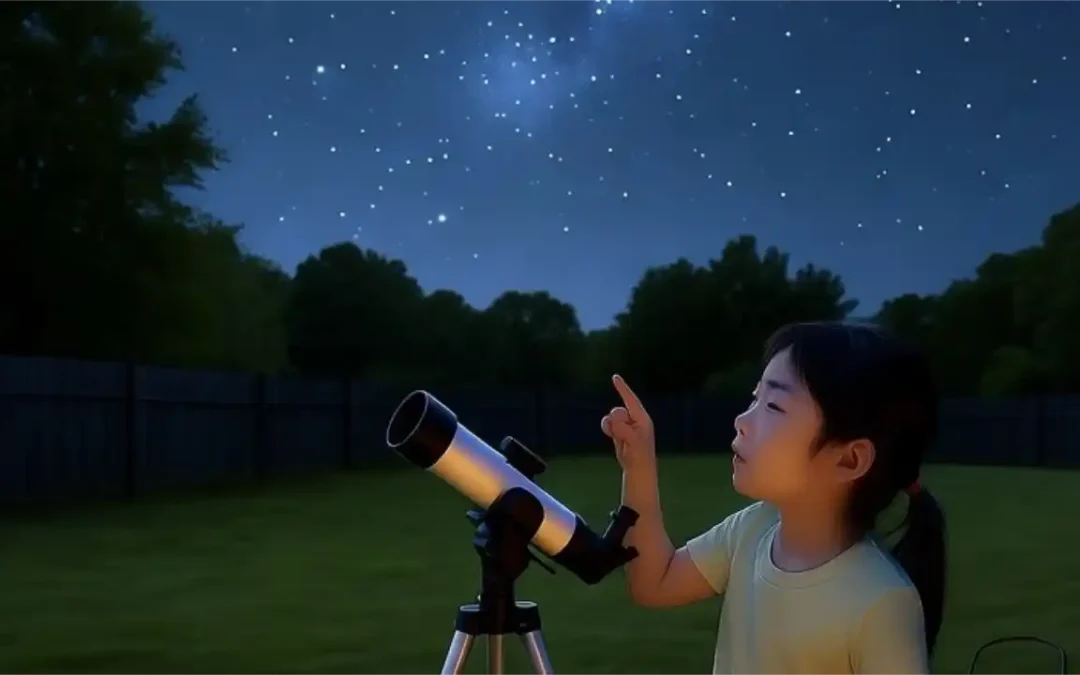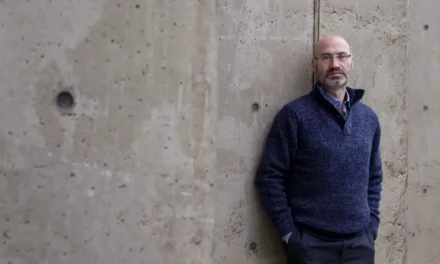
Encouraging Curiosity and Exploration: Explore Nature with Outdoor Discoveries
T
he world just outside your door can become a living lab for curiosity. Whether children are tracing the path of ants, identifying leaves, or spotting cloud shapes, nature offers questions that no textbook can match. A backyard or local trail holds patterns, mysteries, and connections that help children ask, “Why does this happen?” or “What’s the story here?” These outdoor discoveries strengthen observation, patience, and inquiry—skills vital for science, writing, and problem-solving. While digital life compresses experience into fast, filtered frames, nature slows the mind down, allowing questions to rise at their own pace.
One weekend, we wandered into a nearby forest preserve. My son pointed to a strange track in the mud and guessed it came from a raccoon. We followed it without any clear plan, weaving past bark-stripped trees and a narrow creek. He crouched beside the water and said, “Maybe it was looking for food.” We didn’t chase a project or wrap it up with a lesson. But later, on his own, he sketched the route and wrote out possibilities—shelter, water, safety. When a unit on animal behavior came up in school, he brought his notes in without prompting. That walk had planted something—not just information, but a way of thinking.
On your next walk, let your child set the pace. You don’t need a trail map or an end goal. Let them gather what draws their eye—textures, movements, small puzzles left by wind or weather. Pause when they pause. Ask what they’re seeing or wondering. If they want, bring a magnifier or camera and save a few fragments to explore later—online, in sketches, or through stories. These kinds of encounters don’t just teach facts. They show children that learning can emerge from attention itself.
Encouraging Curiosity and Exploration

Encouraging Curiosity and Exploration: Pursue Breadth Before Depth
Allow children to explore wide interests before specializing. Broad curiosity builds flexible thinking and strong learning foundations.

Encouraging Curiosity and Exploration: Ignite Curiosity with Star-Gazing Challenges
Stargazing inspires awe and big thinking. Use nighttime sky-watching to spark curiosity about science, space, and our place in the universe.

Encouraging Curiosity and Exploration: Spark Big Questions About the World
Encourage children to ask big, thoughtful questions. Curiosity leads to deeper understanding, emotional growth, and wonder.
Table of contents

Primordial Soup for the Mind: Navigation
Navigate the book Primordial Soup for the Mind.
TIPS
- Keep a pocket lens handy—it zooms their eyes.
- Say, “What is different here?” to get them looking.
- Keep a journal for their findings.
- Suggest weekly walk sessions.
ACTIVITIES
- Bug Blitz: Catch a critter, guess its food, research it, 15 minutes.
- Leaf Log: Grab a leaf, draw it, find its tree in a guide, 10 minutes.
EXAMPLE
My daughter’s leaf hunt flopped—she picked poison ivy—but now she spots oaks like a pro.

Download “Primordial Soup for the Mind: A Parent’s Guide to Nurturing Intellectual Growth”
Enter your information to get this article and hundreds more as part of the FREE book Primordial Soup for the Mind.
Share your thoughts with the Thought Academy community in the Comments section below.

Sharpen those skills!
Enter your information to get our FREE practice exercises so you can hone your critical thinking and reasoning skills!







0 Comments